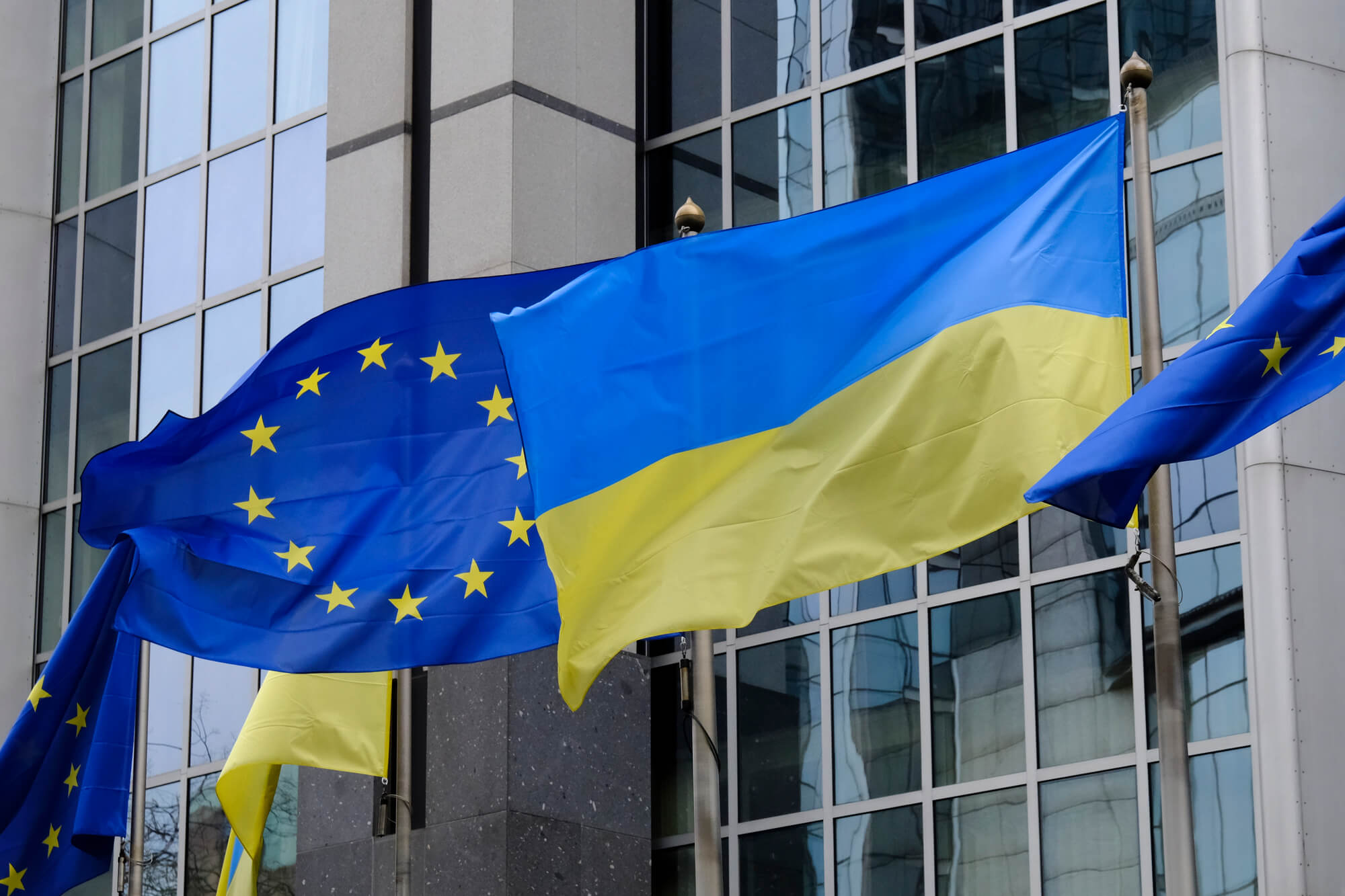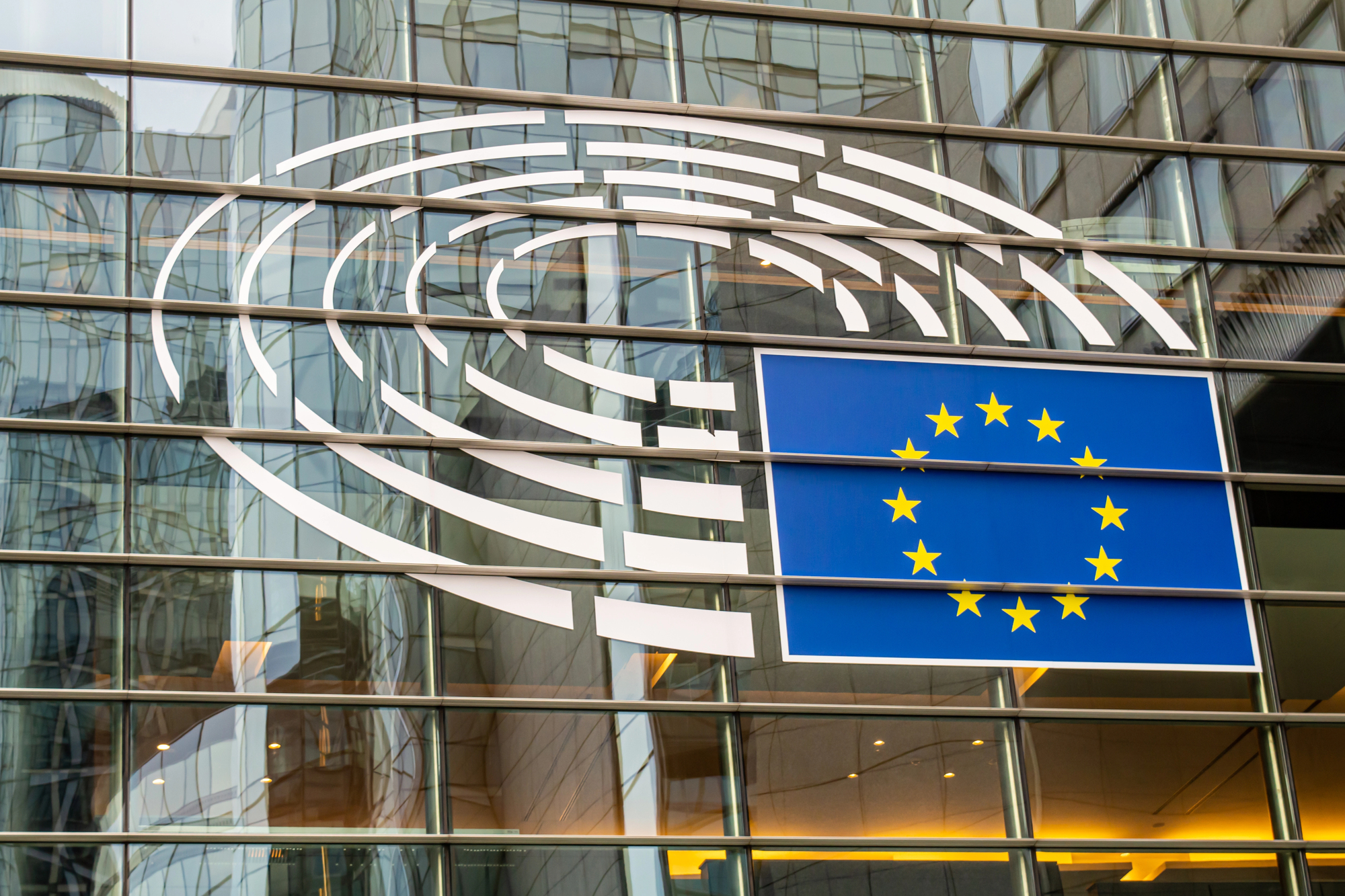Ukraine has everything to gain in embracing the current trend in bilateral trade liberalization and further developing privileged relations with its partners. The more the country will be integrated within global trade flows, the more it will export, gain in competitiveness and attract investments. Jocelyn Guitton and Clinton Martin analyze the three recent agreements between Canada, EU and Ukraine and draw several lessons from them.
On 11 July 2016, Ukraine and Canada signed the “Canada Ukraine Free Trade Agreement” (CUFTA) which stipulates that in a few years most tariffs between the two countries will be brought to zero. A few months before, on 1 January 2016, the Trade and Trade-Related parts of the Association Agreement between the EU and Ukraine started to be applied on a provisional basis. It foresees the establishment of the “Deep and Comprehensive Free Trade Area” (DCFTA) between the EU and Ukraine, which encompasses not only tariff reduction but also legal approximation in order to tackle a multitude of non-tariff barriers, such as technical regulations, sanitary and veterinary standards, regulations on provision of services and public procurement, competition rules, etc. In parallel, the EU has negotiated a “Comprehensive Economic and Trade Agreement” (CETA) with Canada over the past few years which is in the process of being signed and, once adopted, would foster goods, services and capital flows between the two areas. Several lessons can be drawn from these three recent agreements.
The first set of lessons takes us through a short summary of the work of the “World Trade Organization” (WTO) and briefly outlines the types of trade agreements in question. 70 years after the Bretton Woods agreements which created the “General Agreement on Tariff and Trade” (GATT) in 1947 and 20 years after the Marrakech Agreement which created the WTO in 1994, we observe that the liberalization process for trade in goods and services is continuing, but in a different format, less multilateral and more bilateral. Admittedly, striking multilateral deals in the WTO framework has become increasingly difficult, as the limited progress of the ongoing Doha Development Round (launched in 2001) demonstrates (even if some results have been achieved, for instance with the Trade Facilitation Agreement). This is not difficult to explain: the WTO is an organization where decisions are adopted by consensus, which now means a veto right for each of its 164 members (Afghanistan was the latest to join, in July 2016). Suffice to say that, while most GATT rounds addressed tariff issues, the Doha agenda aims at addressing more complex issues such as services, market access, and agriculture subsidies, which are much more controversial.
Does this mean that the WTO should be perceived as an organization in decline? Certainly not. Firstly, its rules are widely respected by its members and in spite of the deep economic crisis that most countries in the world have faced since 2008, there has been no global surge in protectionism. Secondly, one of the main innovations of the WTO compared to the GATT was the introduction of its “Dispute Settlement Body”, a unique mandatory system of conflict resolution within the WTO, halfway between a court and an arbitration mechanism. This system is far from perfect (notably because it is rather slow and expensive), but nevertheless, it has been relied upon in hundreds of cases since its creation and has indeed helped to resolve many trade conflicts effectively. It is probably the best functioning international dispute settlement mechanism available today.
Yet, due to the limited liberalization progress within the WTO framework the trend to sign regional or bilateral deals has been growing, and all the three agreements mentioned above fall into this category.
Compared to multilateral liberalization, bilateral/regional deals have their pros and cons. On the negative side, they create a system which is complex to implement, often referred to as a “spaghetti bowl”[1], as the multiplication of barbarous acronyms (DCFTA, CETA, CUFTA…) illustrates very well. Indeed, instead of one global deal, the 164 WTO members can theoretically sign up to 13366 bilateral agreements altogether! Also, it is often feared that bilateral deals exclude the smaller members of the WTO: why would large economies devote time and resources to sign a deal with a small island in the Pacific instead of focusing on and favouring its large trade partners? Nonetheless, multilateral deals are based on the so-called “Most Favoured Nation” clause: any preference granted to one country must be granted to all others, which is very beneficial to smaller members.
On the positive side, bilateral deals are much easier to negotiate, since only two parties sit at the table and not 164. And most importantly, and very topical in the examples we focus on here, the two parties can create an agreement customized to their own specific trading concerns and priorities.
For instance, Ukraine neighbours four EU Member States, more than 40% of its exports go to the EU, and the EU is by far the largest investor in the country. For those reasons, plus forward-thinking solutions to trade obstacles, the EU and Ukraine negotiated such an ambitious DCFTA, one that foresees Ukraine’s adoption of many EU norms, standards and regulatory provisions.
Ukraine exports less to Canada, but the countries share close historical, political and cultural links, and trade between the two partners is developing fast. That is the reason why the CUFTA – an agreement focused on trade liberalization, relatively quick to negotiate and to implement and that can bring quick benefits to Ukraine – was the preferred, effective instrument to negotiate.
Finally, in our interconnecting trio of case studies, we have the EU and Canada. Both are very developed economies, with extensive trade flows between each other. Thus, at this rather advanced stage in their commercial relationship, they are more concerned with non-tariff barriers, notably in services and investment. Logically, the CETA concentrates extensively on these issues.
All three of these agreements are therefore different; each very much targeted on specific issues in order to deliver certain types of benefits. And thus, the most apparent lesson is that in the absence of progress in the WTO, a bilateral agreement is probably one of the few substantive and progressive steps available to foster increased trade in the short to medium term. In this context, working outside of the WTO also makes sense as few of the issues at stake in our examples, could have been addressed so ambitiously in a multilateral framework.
Incidentally, one should note that the more integrated the EU and Canadian markets are, the better it is for Ukraine, because by complying with EU rules, a Ukrainian exporter will find it easier to export also to Canada, and vice-versa. Thus, spillover effects on third parties from the bilateral EU-Canada agreement can actually be positive. This incidental aspect, which may not appear as an intuitive result, is really about entrepreneurial bridge-building that encourages exporters and importers themselves to forge trade links that then can be the guiding markers to developing further progressive trade policy.
Another key, underlying lesson that can be drawn from these new patterns in trade policy, is that trade should be perceived as a win-win exercise, not a zero sum game. In the signing of these agreements, Ukraine, Canada and the EU openly claim their belief that trade is good, because it creates short term gains (as it decreases prices for importers/consumers) and long term economic growth, job creation and the incentive to invest and innovate in order to remain competitive. Specifically favourable to Ukraine in its current economic transition, where it must diversify away from its long-time, but now virtually closed and unpredictable trade partner Russia, is that both the CUFTA and DCFTA have asymmetric benefits for Ukraine as it receives some immediate lower tariffs as compared to the more gradual lowering of tariffs for the partner trader. This supportive consideration in the respective trade agreements helps to set off the costs faced by Ukrainian enterprises in bringing products “up to standard” for western-geared exporting and also allows some time-cushion for export development programs to take root in Ukraine by which more of its companies are encouraged and trained to redirect exports to reliable partners (Canada and the EU) and maybe even to begin exporting for the first time. Most significantly, these trade agreements are regarded as being fully compatible with each other. The EU has raised no objections to the agreement between Ukraine and Canada, and vice-versa, Canada considers that the DCFTA is a positive step for Ukraine.
More than that, the strong integration of world economies today (what economists call the “integration of value chains”) suggests that a trade agreement between Country A and Country B can easily benefit Country C. The “how?” can be explained in this simple example: suppose that Ukraine exports “made in Ukraine” sunflower oil to Canada, it is possible that the manufacturing of this product requires intermediate goods or services imported from the EU. The production of the Ukrainian sunflowers may have required seeds from France, farming equipment from Germany and fertilizers from Italy. Obviously, in such a situation, more exports from Ukraine to Canada means more exports from the EU to Ukraine, and everyone benefits from that collaboration. To take the example one step further, a Canadian firm may then view that effective multi-country sunflower oil value chain as an investment opportunity that can benefit from its own experience in farm management practices in northern climates. Again, this shows how even bilateral trade agreements can boost multi-national entrepreneurial activity – a principle that seems lost on the Russian Federation in its approach to trade relationships.
This topic of value chain integration has generated much research and discussion in the past few years, and it demonstrates the importance of trade liberalization not only from the export side but also for the import side. Being competitive on the export side implies being able to source the cheapest or best intermediate goods used in the production process. In that context, securing preferential trade agreements with many partners is even more beneficial in order to construct the most effective and efficient global value chain.
In such a context, the ongoing trade war that Russia wages against Ukraine is not only regrettable, but simply unnecessary. Contrary to what was claimed by Russia, there was full compatibility between the existing Russia-Ukraine trade agreement and all other trade agreement that Ukraine could conclude with third parties. By unilaterally cancelling the preferential trade agreement it had with Ukraine in January 2016, Russia not only made a legally questionable move, it also shot itself in the foot from an economic point of view, as it will not only affect Ukrainian but also Russian companies which were importing Ukraine-made products. Of course Russian consumers also suffer from this, with the overall higher inflation since the trade embargoes and less selection. By imposing trade and transit restrictions on Ukraine, Russia does not “protect” its markets from the consequences of the entry into force of the Association Agreement between the EU and Ukraine, it only adopts political sanctions which contribute to its “import substitution policy” and which cannot be backed by sound economic reasoning.
In conclusion, Ukraine has everything to gain in embracing the current trend in bilateral trade liberalization and further developing privileged relations with its partners. Its current negotiations of free trade agreements with Turkey and Israel attest to that positive direction. The more the country will be integrated within global trade flows, the more it will export, gain in competitiveness and attract investments. And there is obviously no reason why this argument should be valid for its relations with the EU, Canada, etc., and not also with Russia. No one benefits from the current Russian trade policy towards Ukraine and it should be regarded as driven by political considerations, and not economic ones.
Notes:
[1] The “Spaghetti Bowl Effect” was first described by Jagdish Bhagwati in his 1995 paper U.S. Trade Policy: The Infatuation with Free Trade Agreements
The opinions expressed in this article represent the authors’ private views.
Attention
The authors do not work for, consult to, own shares in or receive funding from any company or organization that would benefit from this article, and have no relevant affiliations




